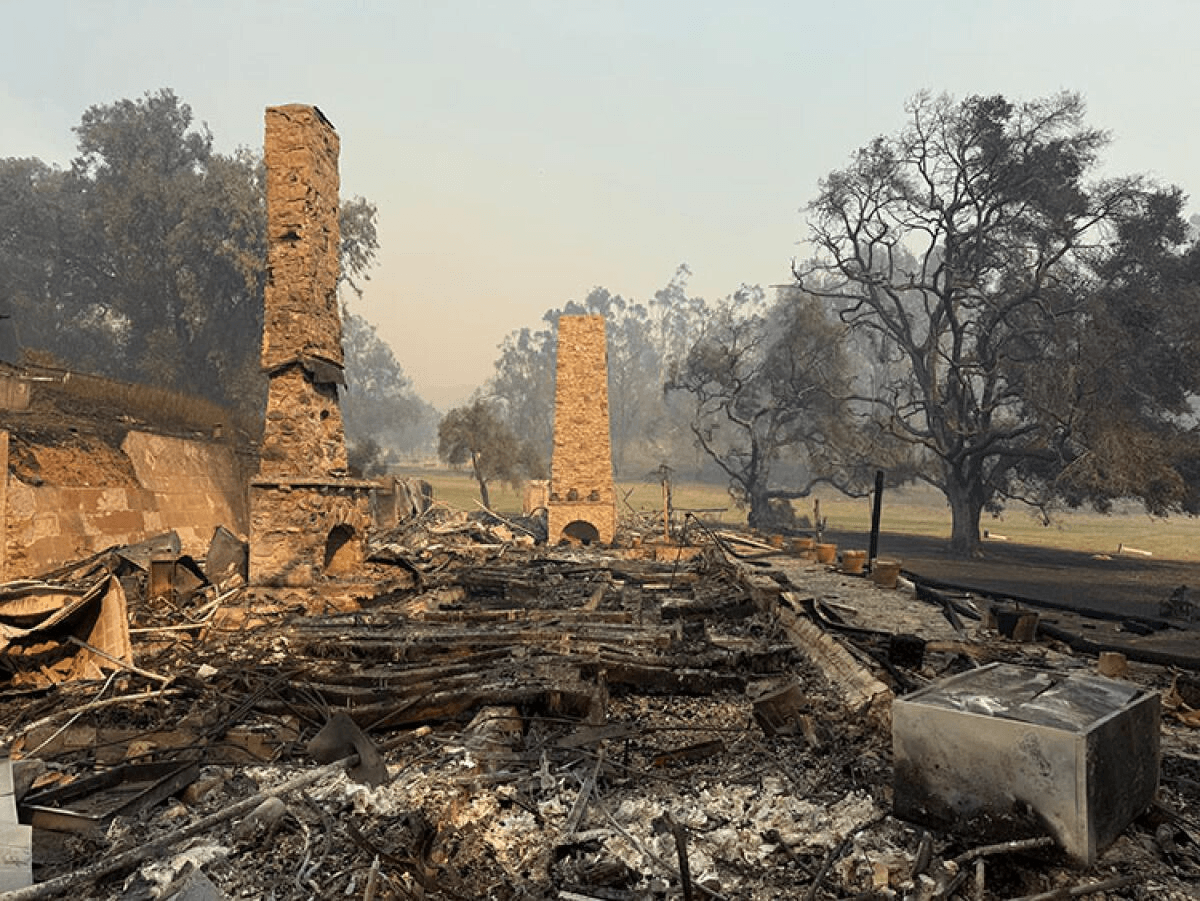Hi everyone,
A few updates from the Pali Recovery Coalition:
Our Recovery Plan continues to evolve as we incorporate new information and expertise almost daily. We have issued an RFQ for a temporary concrete plant and are beginning to receive responses. The City’s Bureau of Engineering (BOE), along with the Planning Director from Council District 11 (Councilwoman Park’s office), is engaged as we review incoming feedback. Concrete will be a critical material for rebuilding in Pacific Palisades, particularly for foundations. Our proposal includes using a concrete mix enhanced with pozzolans, which will create a more resilient, post-fire-soil-resistant product. This will not only help homeowners and builders save on delivery costs but also support the use of long-lasting, resilient materials tailored for our recovery. We’ve also initiated conversations with steel and sheet metal suppliers, who recognize the logistical challenges and agree that having materials close by will expedite rebuilding efforts. We continue to refine strategies for staging and distributing materials efficiently, aiming to keep costs manageable and timelines on track.
We recently met with the Blue Ribbon Commission to review their draft recommendations for a resilient and sustainable Los Angeles rebuild. In partnership with UCLA, I helped convene a group of 40 Palisadians to speak specifically about our community’s needs. The Commission is recommending fire-safe reconstruction practices, including the use of fire-resistant materials, defensible space design, and climate-smart building standards that incorporate appropriate landscaping. We’ve asked Resilient Palisades and the Palisades Forestry Committee to share their database of region-specific, fire-resilient plantings to help homeowners establish defensible space. Additional recommendations include hardening utilities—such as undergrounding power lines—expanding water storage and distribution capacity, and strengthening the power grid.
A key proposal from the Commission is the creation of a resilient building Authority, modeled after post-Northridge Earthquake recovery efforts. This entity would require state legislation and multilevel funding—city, county, state, and federal. The goal is to align rebuilding efforts with existing zoning and community development plans, while addressing logistical planning, contractor coordination, and traffic mitigation. They also support creative financing tools like tax increment financing to close funding gaps. Additional ideas include pre-approving resilient home designs to speed up reconstruction, offering financial incentives to reduce displacement, ensuring affordable insurance, and prioritizing support for vulnerable populations.
We have an upcoming call on May 13 with LAPD Captain Gabaldon, SLO Espin, Deputy Mayor for Public Safety (MOPS), Army Corps of Engineers Colonels Palazzini and Swenson, and CHP Lt. M. Geller. This discussion will focus on logistics and public safety, especially as we head into summer and may lose National Guard support. We
will explore strategies for maintaining mobility and security in Pacific Palisades with strong stakeholder involvement and a clear plan for adapting to what may become a “new normal.” I’ve also spoken with Deputy Mayor Clark regarding mobility and access challenges. He believes viable solutions exist but emphasized the importance of transparency, engagement, and flexibility in navigating the months ahead.
In parallel, I’ve been in discussion with Larry Kosmont regarding potential funding strategies for homeowners facing a gap between insurance payouts and actual rebuilding costs, especially in light of updated codes, labor expenses, and material prices. We are exploring the possibility of using Prop 4 funds for resilience-related rebuilding, along with city-, county-, and potentially state-level tax increment financing mechanisms. These strategies will require thoughtful community dialogue, and we’ll be sharing more on that soon.
We’re continuing our collaboration with RAND to develop community charrettes that will allow residents to envision how neighborhoods can be rebuilt with greater resilience— while preserving the character and uniqueness that make Pacific Palisades special.
Finally, please take a moment to participate in the Safe Clean Water Program’s Community Strengths and Needs Assessment Survey, which takes just five minutes to complete: http://safecleanwaterla.org/survey.
Calendar Note: If you’d like to join the May 13 Logistics and Security meeting at 9 a.m., please let me know. And don’t forget to check our website for the latest updates on the Logistics Plan for recovery.
Warmly,
Maryam Zar
Pali Recovery Coalition

